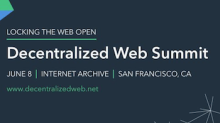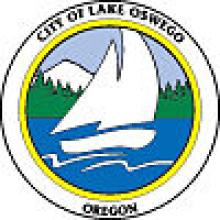Decentralized Web Summit, June 8 - 9, San Francisco
The Decentralized Web Summit: Locking the Web Open will happen on June 8th and 9th at Internet Archive in San Francisco. The event will be live streamed if you can’t attend in person.
The event is a discussion of the future of the web. From the Summit website:
The World Wide Web is fragile. Links break and website content can disappear forever. The Web is not universally accessible. It is too easy for outside entities to censor connections, controlling what people can and cannot view on the Web. The Web is also not very private, exposing users to mass surveillance by corporations and governments. A Decentralized Web can address all of these problems by building in privacy, security and preservation by default, ensuring that websites are easily accessible to all as long as at least one person somewhere in the world is hosting a copy.
Keynote speakers will be Vint Cerf, considered one of the “Fathers of the Internet” and Chief Internet Evangelist for Google; Cory Doctorow, Special Advisor at the Electronic Frontier Foundation; and Brewster Kahle, Founder and Digital Librarian of the Internet Archive.
The list of presenters includes a number of innovators, tech leaders, and journalists. Panel discussions cover a range of relevant topics, including innovation, privacy, and security. There will also be workshops and Q & A to address your specific concerns.
You can check out the schedule, register to attend online, and learn more about the decentralized web by reviewing some of the resources the team has made available. The event is sponsored by the Internet Archive, the Electronic Frontier Foundation, the Ford Foundation, Google, and Mozilla.







